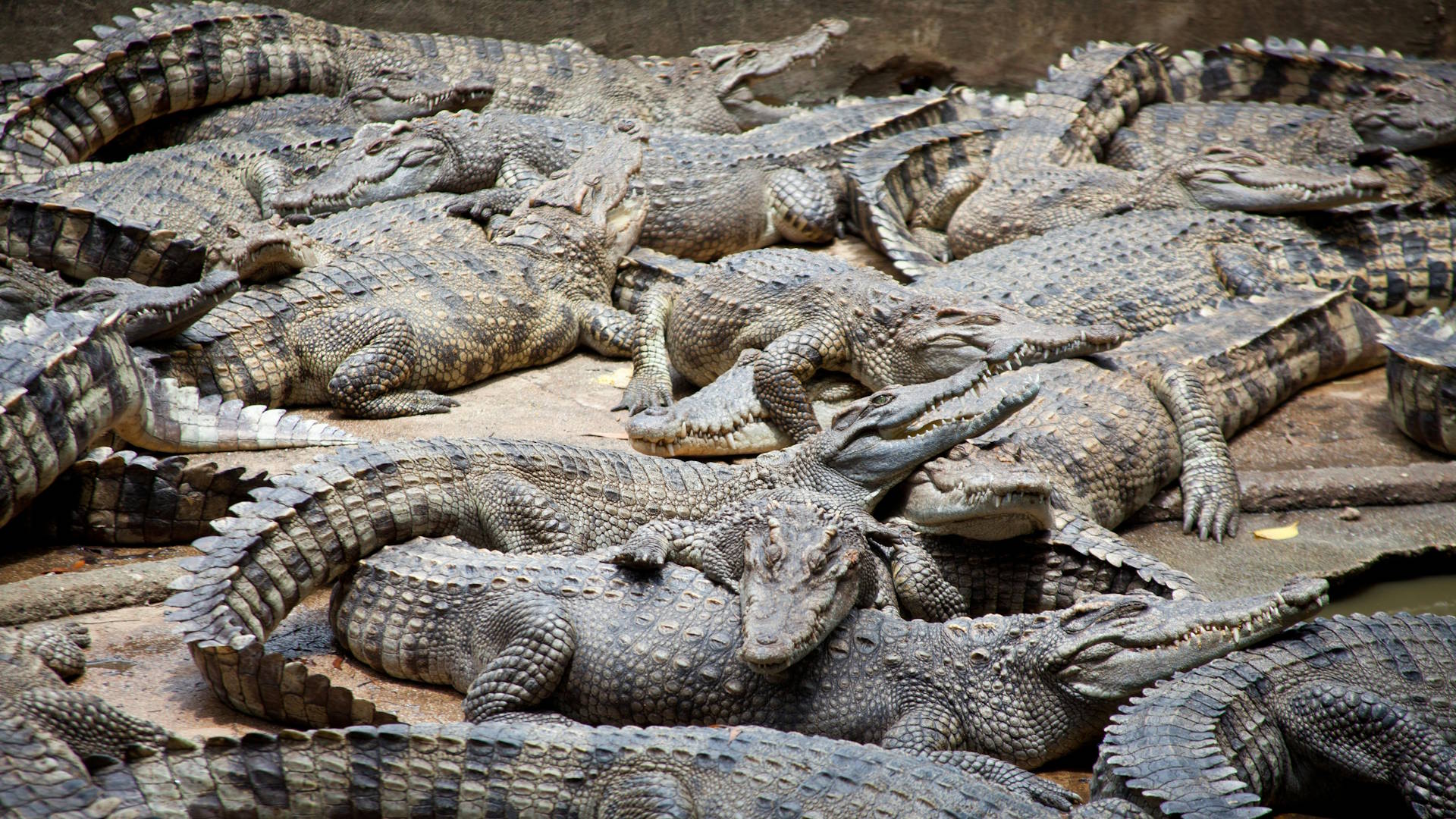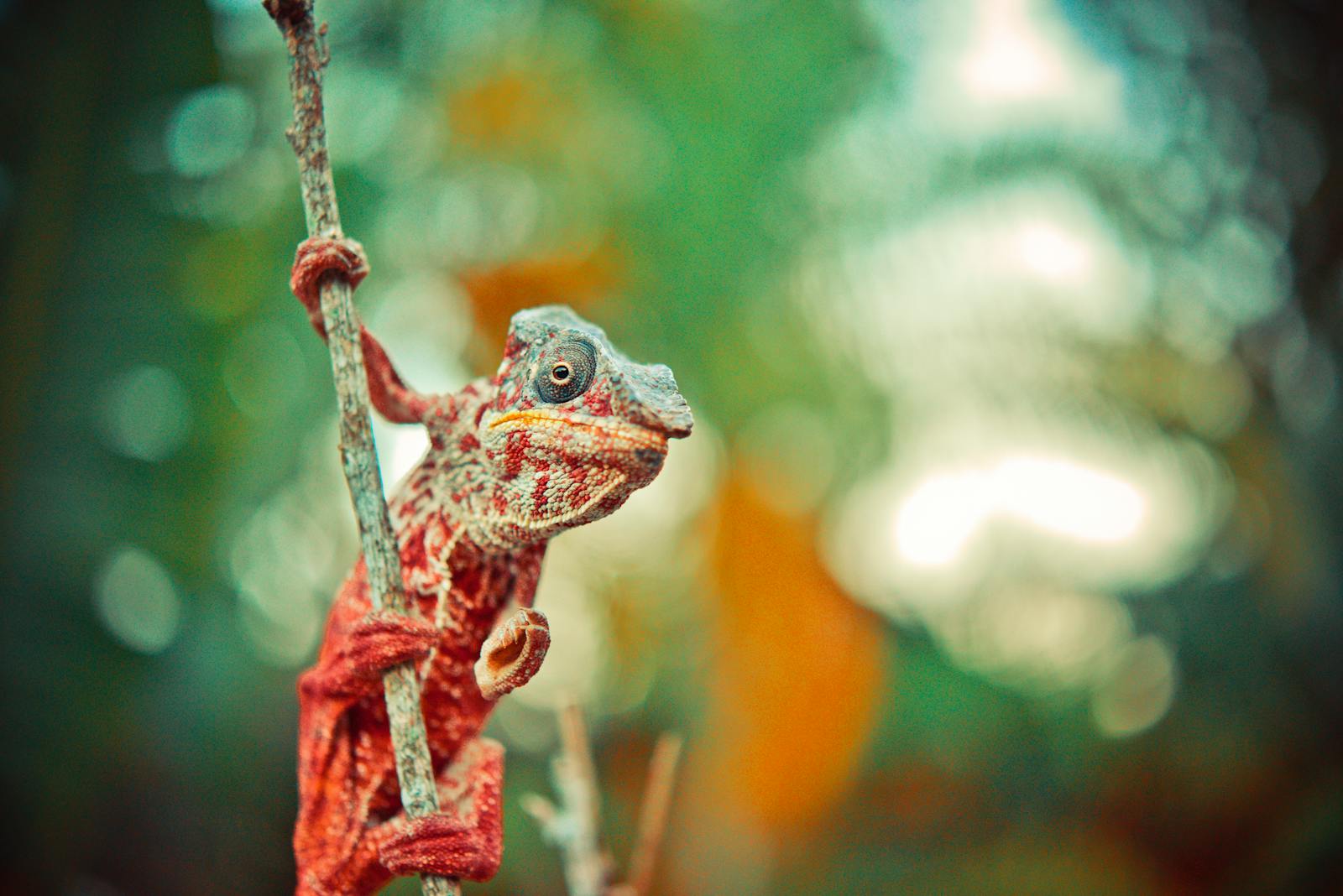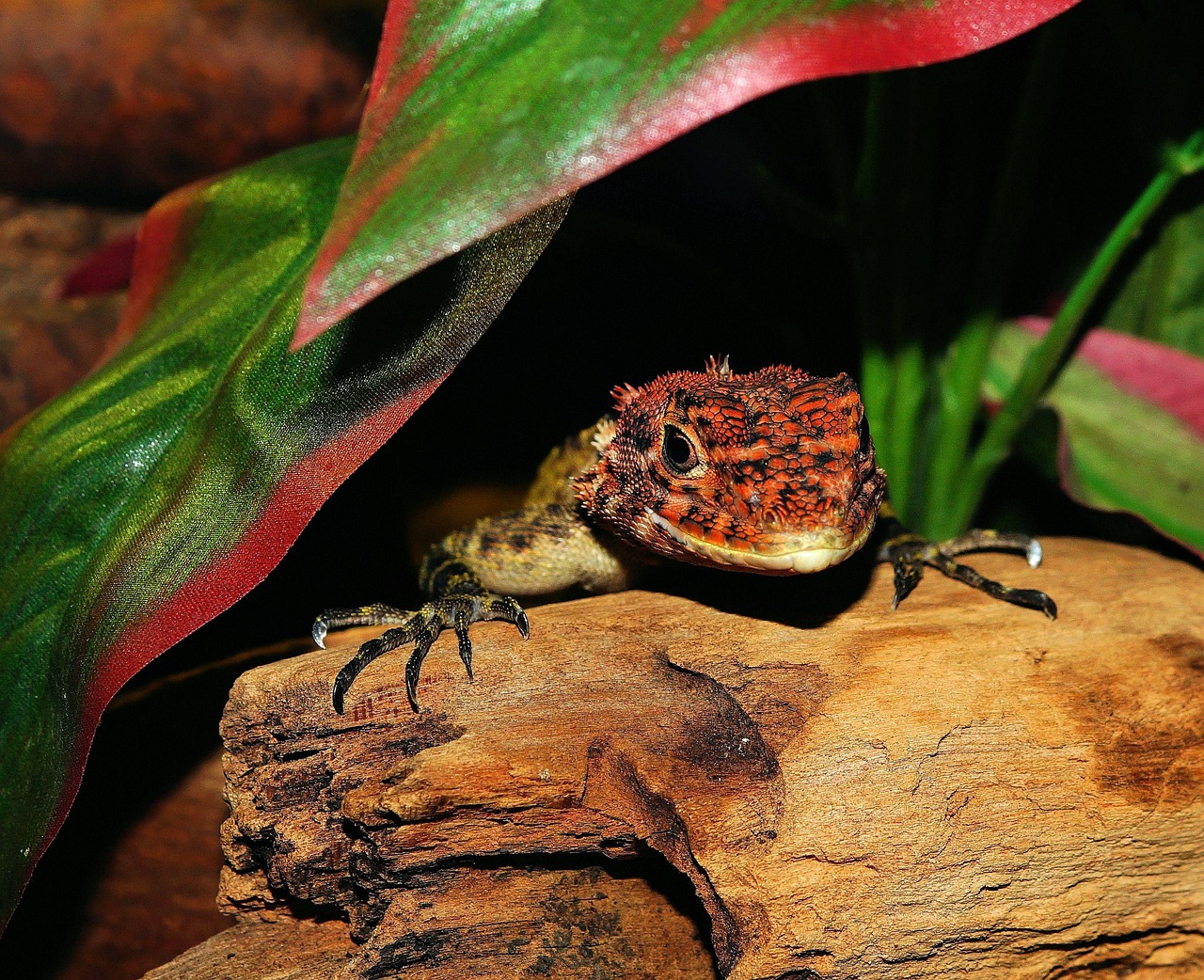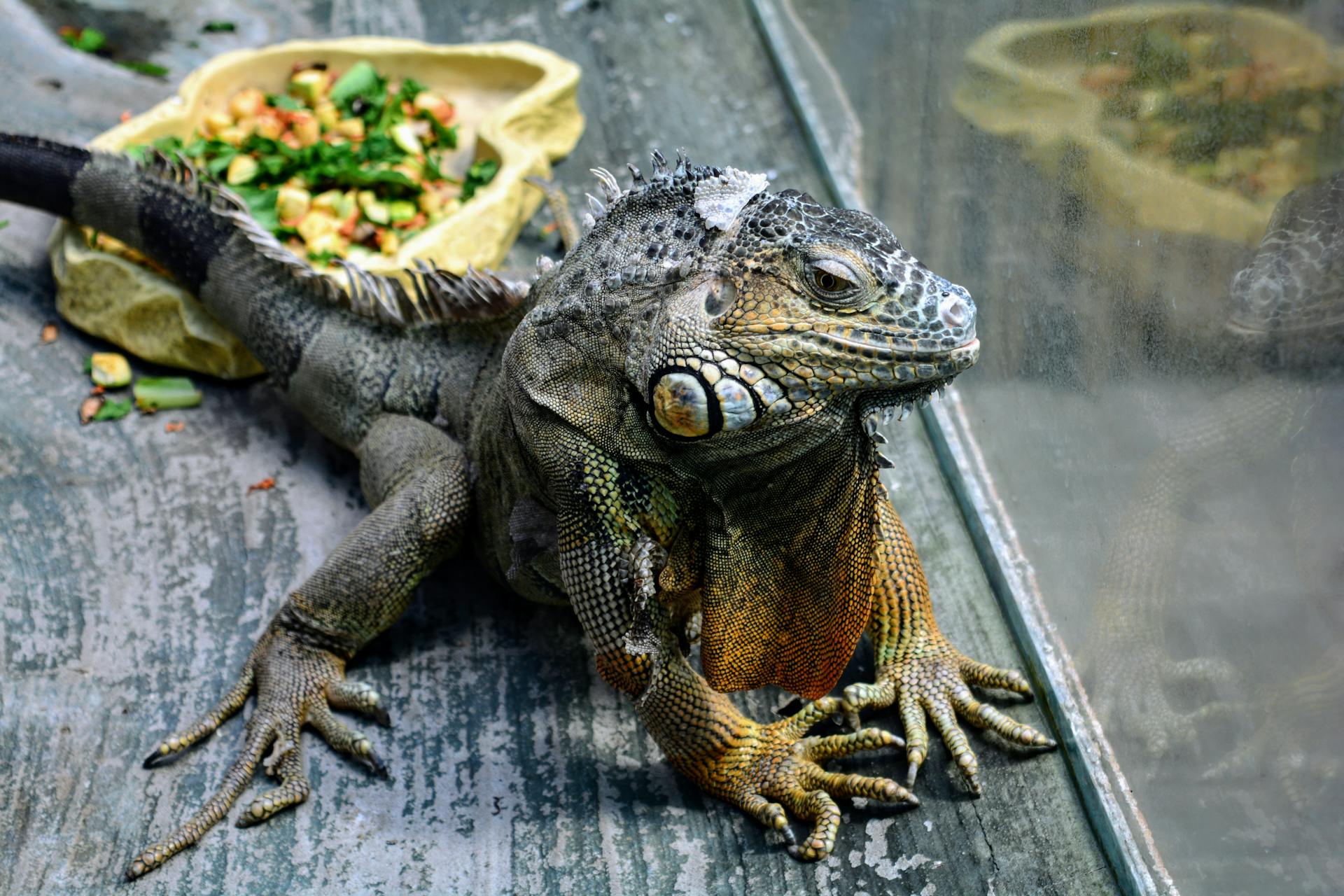In the delicate balance of our global ecosystems, reptiles serve as crucial indicators of environmental health. These cold-blooded vertebrates—snakes, lizards, turtles, and crocodilians—have survived on Earth for over 300 million years, evolving remarkable adaptations to diverse habitats. Yet today, reptile populations worldwide face an unprecedented silent threat: the widespread use of pesticides and industrial chemicals. These synthetic compounds, designed to control pests or enhance industrial processes, are having devastating unintended consequences on reptile populations. From developmental abnormalities to reproductive failures and population collapses, the evidence of chemical impacts on reptiles continues to mount. This article explores the complex relationship between modern chemical use and reptile conservation, highlighting not only the mechanisms of harm but also potential solutions to this growing ecological crisis.
The Vulnerability of Reptiles to Chemical Exposure

Reptiles possess several biological characteristics that make them particularly susceptible to environmental contaminants. Their permeable egg shells allow chemicals from contaminated soil or water to penetrate and affect developing embryos, a vulnerability not shared by mammals. Many reptile species also have temperature-dependent sex determination, meaning environmental conditions during egg incubation determine whether offspring develop as males or females—a process easily disrupted by endocrine-disrupting chemicals. Additionally, reptiles’ long lifespans allow bioaccumulation of toxins over extended periods, magnifying the effects of even low-level exposure. Their position in food webs as both predators and prey means they face exposure through multiple pathways, further increasing their susceptibility to chemical poisoning.
Agricultural Pesticides: A Primary Threat
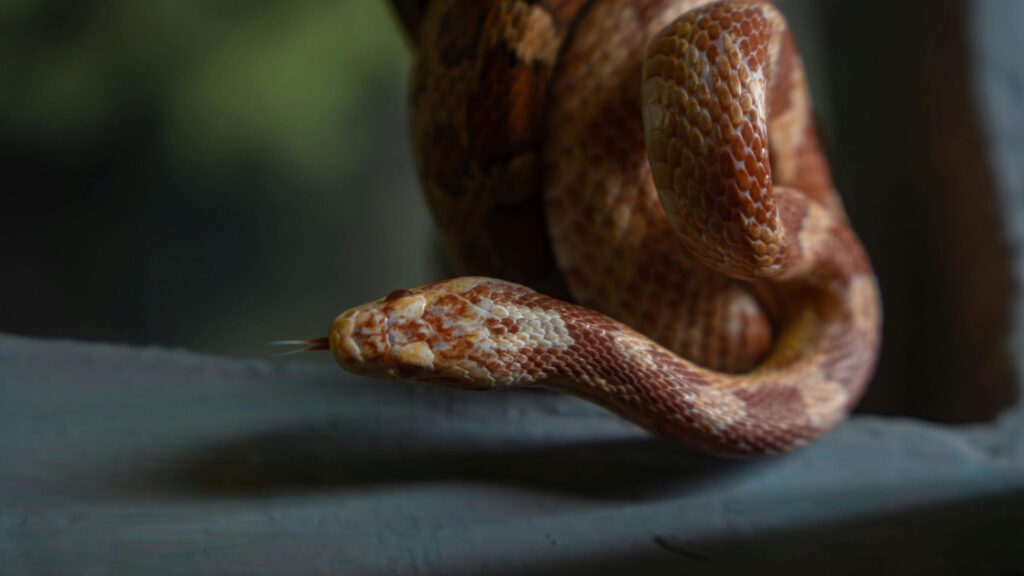
Agricultural pesticides represent one of the most significant chemical threats to reptile populations globally. Organophosphates, carbamates, pyrethroids, and neonicotinoids—common in conventional farming—can directly poison reptiles through skin contact, ingestion, or inhalation. A 2019 study in the journal Environmental Pollution found that lizards in agricultural regions had significantly higher mortality rates and reduced reproductive success compared to those in pesticide-free areas. Herbicides like glyphosate, often considered safer than insecticides, have been linked to developmental abnormalities in turtle embryos and disrupted thermoregulatory behavior in snakes. Even pesticides banned in many countries, such as DDT and its metabolites, persist in environments worldwide and continue to affect reptile populations decades after their use was restricted.
Endocrine Disruption: Derailing Reptile Development
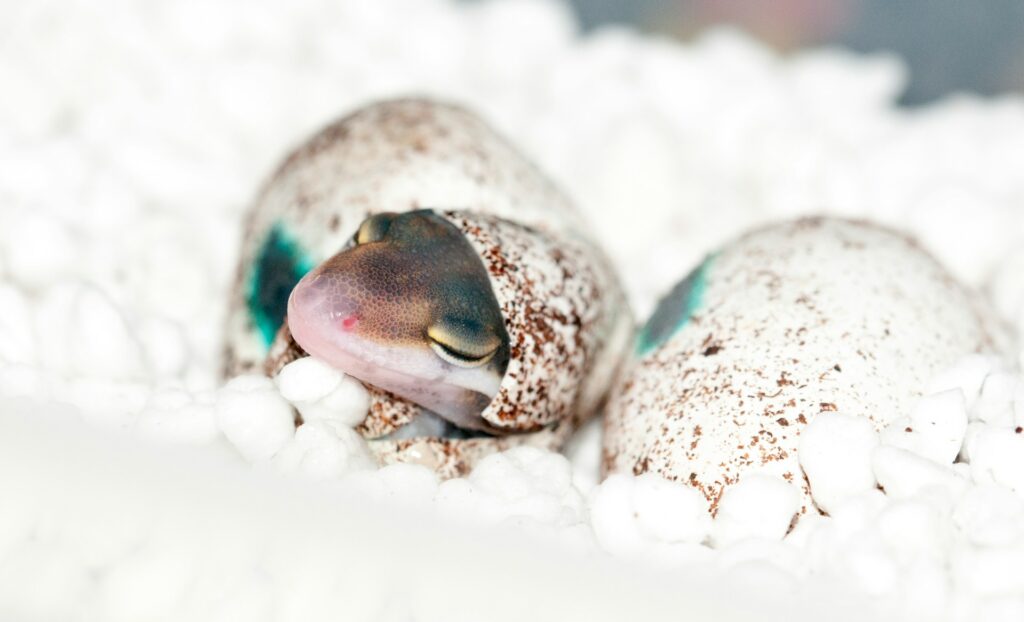
Many synthetic chemicals function as endocrine disruptors, interfering with hormone systems crucial for reptile development and reproduction. These compounds can mimic, block, or alter the natural production and function of hormones at extremely low concentrations—often parts per billion or trillion. In American alligators, exposure to the pesticide dicofol and its breakdown products has been linked to abnormal testosterone levels and malformed reproductive organs in males. Female turtles exposed to endocrine-disrupting PCBs (polychlorinated biphenyls) often produce eggs with thinner shells and reduced hatching success. Perhaps most concerning is the ability of certain agricultural fungicides and herbicides to disrupt the reptilian thyroid system, which governs crucial processes from metabolism to growth and development, resulting in stunted or deformed juveniles that rarely survive to reproductive age.
Bioaccumulation and Biomagnification: The Compounding Problem
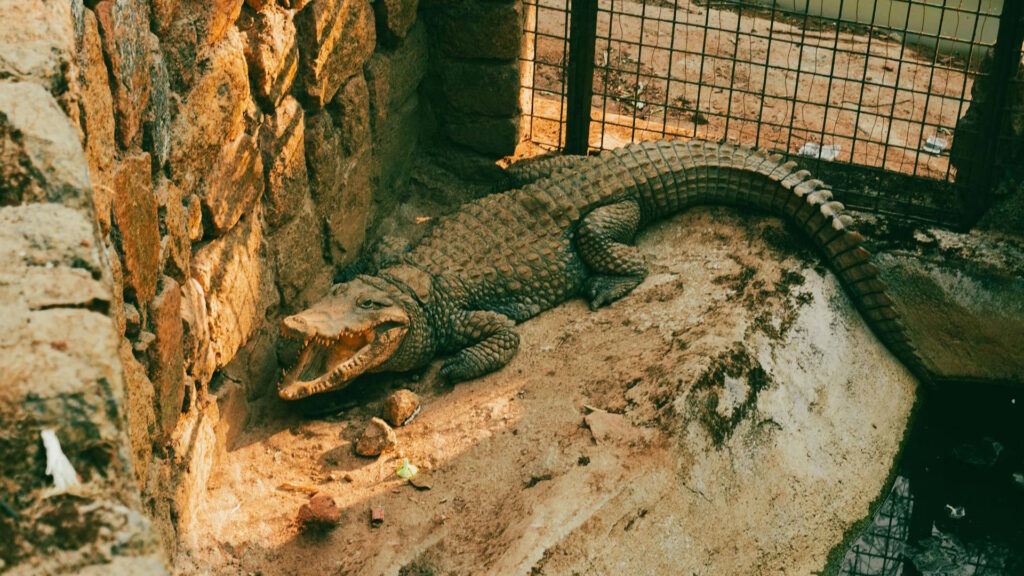
Reptiles face a double chemical threat through the processes of bioaccumulation and biomagnification. Bioaccumulation occurs when chemicals are absorbed faster than they can be excreted, causing toxin levels to increase throughout an animal’s lifetime. Many reptiles are long-lived—some turtles can live over a century—allowing decades of toxin accumulation. Biomagnification amplifies this problem, as predatory reptiles consume prey that have already accumulated toxins, concentrating chemicals at each step up the food chain. Studies of apex predator reptiles like crocodiles and large constrictors reveal alarming levels of industrial chemicals and pesticides in their tissues, often 10,000 times higher than environmental concentrations. These accumulated toxins can impair neurological function, suppress immune systems, and ultimately reduce survival and reproductive capacity across generations.
Water Contamination: Aquatic Reptiles Under Siege
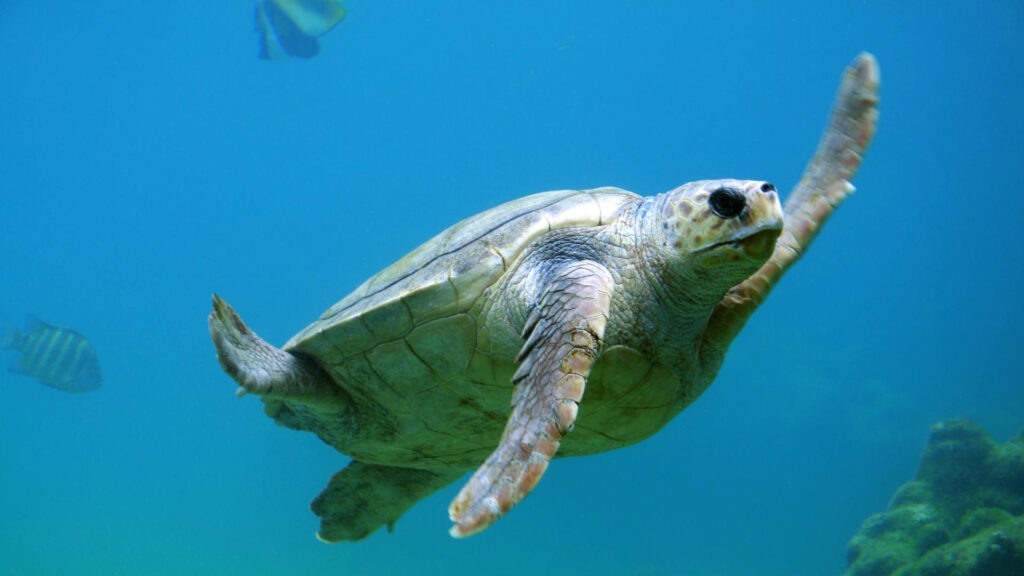
Aquatic and semi-aquatic reptiles face particularly high chemical exposure through contaminated water bodies. Agricultural runoff carries pesticides, herbicides, and fertilizers into wetlands, rivers, and coastal areas where many turtles, crocodilians, and water snakes live. A comprehensive study of snapping turtles in the Great Lakes region found individuals with significant liver and kidney damage correlating directly with pesticide levels in their blood. Sea turtles encounter a chemical cocktail of agricultural runoff, industrial waste, and urban contaminants in coastal feeding grounds, with necropsies revealing pesticide concentrations high enough to impair neurological function. Water-dwelling reptiles also absorb chemicals directly through their skin and specialized respiratory tissues, creating exposure routes not experienced by fully terrestrial species.
Reproductive Failure: The Population-Level Consequence
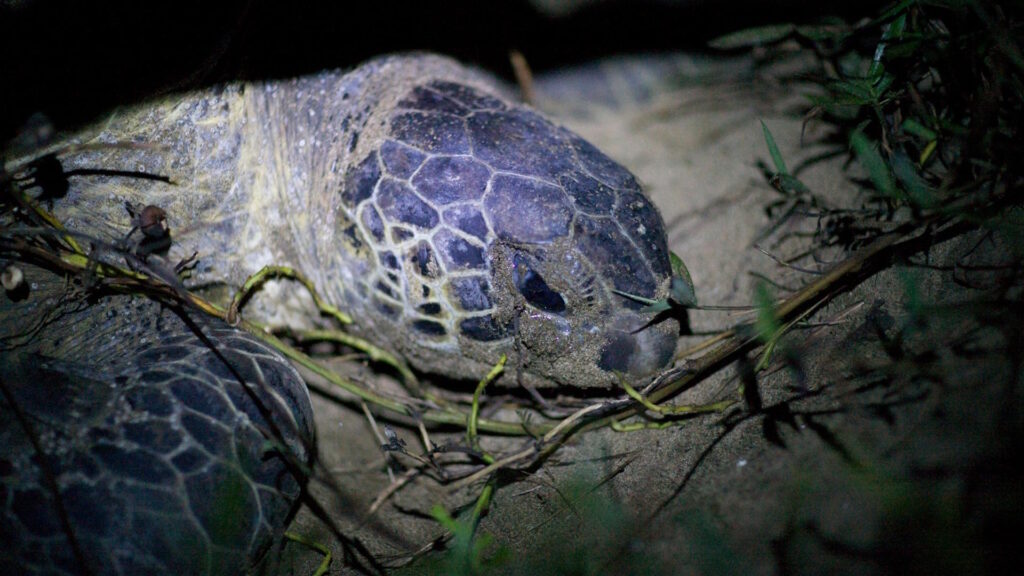
Perhaps the most insidious effect of chemical exposure is widespread reproductive failure in reptile populations. Numerous studies document reduced fertility, egg viability, and hatching success in chemically exposed reptiles. Female lizards from pesticide-contaminated habitats typically produce smaller clutches with higher percentages of nonviable eggs compared to those from pristine environments. In crocodilians, pesticide exposure has been linked to increased embryonic mortality and hatchlings with developmental abnormalities incompatible with survival. Particularly concerning is the masculinization or feminization of reptile populations due to endocrine-disrupting chemicals that interfere with sex determination—some turtle populations near agricultural areas show severely skewed sex ratios with as many as 90% females, creating unsustainable demographic structures. These reproductive impairments compound over multiple generations, potentially driving populations toward extinction even when adult mortality remains relatively low.
Immune Suppression: Chemicals and Disease Susceptibility
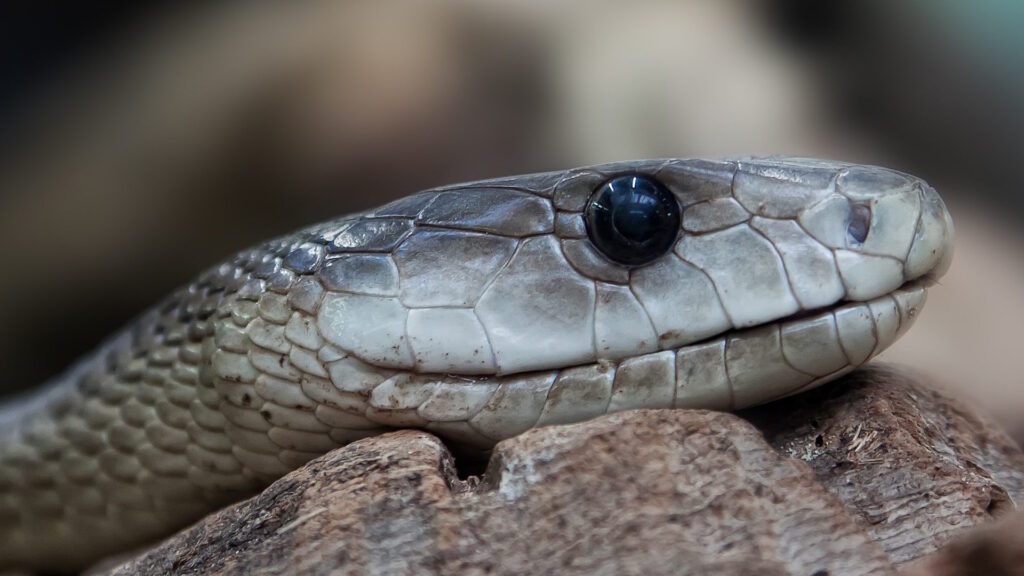
Chemical exposure significantly compromises reptile immune systems, leaving populations vulnerable to diseases they might otherwise resist. Laboratory studies demonstrate that even low-level pesticide exposure reduces white blood cell counts and antibody production in multiple reptile species. Field research in Florida has documented increased fungal and bacterial infections in alligators from pesticide-contaminated lakes compared to those in cleaner habitats. Conservation biologists now recognize that chemical exposure may be contributing to emerging reptile diseases like the fungal pathogen Ophidiomyces ophiodiicola, which causes catastrophic snake fungal disease in North America and Europe. The combination of immune suppression from chemical exposure and increased disease pressure creates a dangerous scenario where populations lack the physiological resilience to combat pathogens.
Habitat Degradation: Chemical Effects Beyond Direct Poisoning

Beyond directly poisoning reptiles, chemicals degrade habitat quality in ways that further threaten populations. Broad-spectrum insecticides eliminate the invertebrate prey base that many lizards and smaller snakes depend upon, effectively creating food deserts in seemingly intact habitats. Herbicides eliminate vegetative cover that reptiles require for thermoregulation and predator avoidance, forcing them into suboptimal microhabitats. Agricultural chemicals contaminating aquatic systems reduce dissolved oxygen through algal blooms, creating conditions inhospitable to aquatic turtles and their prey. Research in the Brazilian Pantanal wetlands documented dramatic shifts in reptile community composition following aerial herbicide applications, with specialist species disappearing while generalists persisted but showed reduced body condition and reproductive output.
Chemical Cocktails: Synergistic Effects

The reality of environmental contamination is not single-chemical exposure but rather exposure to complex chemical mixtures with potentially synergistic effects. Laboratory studies typically examine one chemical at a time, yet reptiles in agricultural landscapes may simultaneously encounter dozens of different pesticides, fertilizers, and industrial compounds. Research increasingly shows that chemical combinations often produce effects greater than the sum of individual exposures—a phenomenon called synergistic toxicity. A groundbreaking study with common wall lizards found that exposure to a pyrethroid insecticide and a common fungicide together produced 40% higher mortality than would be predicted from the effects of either chemical alone. Environmental risk assessments rarely account for these synergistic effects, potentially underestimating the true impact of chemical contamination on reptile populations.
Geographic Variation: Global Patterns of Chemical Threats

Chemical threats to reptiles vary dramatically by geographic region, creating a complex global conservation challenge. In developed nations with stricter environmental regulations, legacy contaminants from past industrial and agricultural activities often pose greater threats than current chemical use. Conversely, in developing tropical regions—which host the greatest reptile diversity—weak regulatory frameworks allow use of highly toxic pesticides long banned elsewhere, creating acute poisoning scenarios. The expansion of intensive agriculture into previously remote areas brings chemical threats to formerly pristine reptile habitats, particularly in biodiversity hotspots like Madagascar and Southeast Asia. Islands represent particularly vulnerable systems, where limited habitat means reptiles cannot escape contaminated areas, as demonstrated by catastrophic population collapses of endemic lizards following agricultural intensification in the Caribbean.
Climate Change Interactions: A Compounding Crisis

The toxicological impacts of chemicals on reptiles are increasingly complicated by climate change, creating a potentially catastrophic interaction. Rising temperatures can increase the toxicity of many pesticides, as warmer conditions accelerate chemical breakdown into more harmful metabolites. Drought conditions concentrate aquatic contaminants in shrinking water bodies, exposing semi-aquatic reptiles to higher chemical concentrations. Climate-driven changes in rainfall patterns can transport pesticides to previously uncontaminated areas through altered runoff patterns. Perhaps most critically, the physiological stress of adapting to changing climatic conditions depletes reptiles’ biological resources for detoxifying and excreting environmental chemicals. Conservation biologists now recognize that reptiles face a “perfect storm” of simultaneous chemical exposure and climate stress, potentially exceeding their adaptive capacity.
Solutions: Policy, Research, and Conservation Approaches

Addressing chemical threats to reptiles requires a multifaceted approach spanning policy, research, and conservation practice. Policy solutions include strengthening regulatory frameworks to require reptile toxicity testing before chemical approval, establishing buffer zones around critical reptile habitats, and accelerating the phase-out of chemicals known to harm reptiles. Research priorities include developing reptile-specific biomarkers of chemical exposure, establishing long-term monitoring programs to track population-level effects, and creating more realistic risk assessment models that account for reptiles’ unique physiologies. Conservation approaches include establishing chemical-free reserves in key reptile habitats, developing habitat restoration techniques that remediate contaminated soils and sediments, and implementing captive breeding programs for critically endangered populations. Several successful case studies demonstrate the effectiveness of these combined approaches, such as the recovery of American alligators following DDT restrictions and habitat protections.
Citizen Science and Public Action: A Role for Everyone
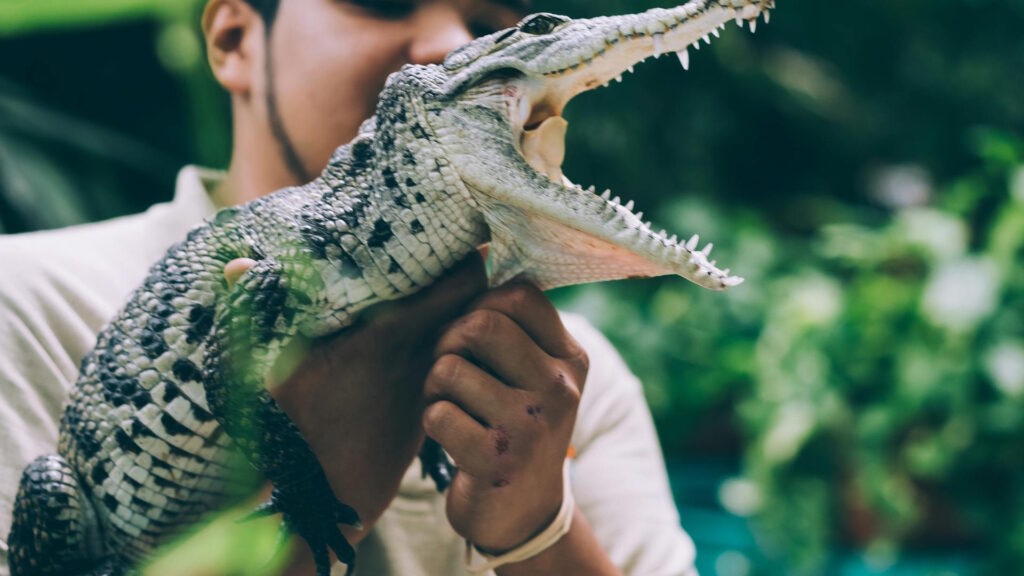
Individual actions and citizen science initiatives play vital roles in addressing chemical threats to reptiles. Homeowners can reduce pesticide use in yards and gardens, creating chemical-free havens for local reptile species—even small pesticide-free areas can serve as important refuge habitats. Citizen science programs enable reptile enthusiasts to document population changes, unusual behaviors, or abnormalities that might indicate chemical exposure, providing valuable data for researchers and conservation organizations. Consumers can support reptile conservation by purchasing organically grown products that minimize pesticide impacts on habitats. Educational outreach about reptiles and chemical threats helps combat negative perceptions that often hinder conservation efforts for these misunderstood animals. Together, these collective actions complement larger policy and conservation initiatives, creating a more comprehensive approach to protecting reptile populations from chemical poisoning.
Conclusion

The chemical poisoning of reptile populations represents a significant yet underappreciated conservation crisis with far-reaching ecological implications. As key predators, prey species, and ecological engineers, reptiles perform irreplaceable functions in ecosystems worldwide. Their decline due to chemical exposure threatens to unravel complex ecological relationships and diminish biodiversity at multiple levels. While the challenge is daunting, the combination of improved regulations, expanded research, targeted conservation interventions, and public engagement offers hope for reversing current trends. By addressing the chemical threats to reptiles, we simultaneously protect water quality, soil health, and habitat integrity—benefiting numerous other species, including humans. The future of these ancient, remarkable animals depends largely on our willingness to recognize their vulnerability to synthetic chemicals and take meaningful action to reduce these preventable threats.

